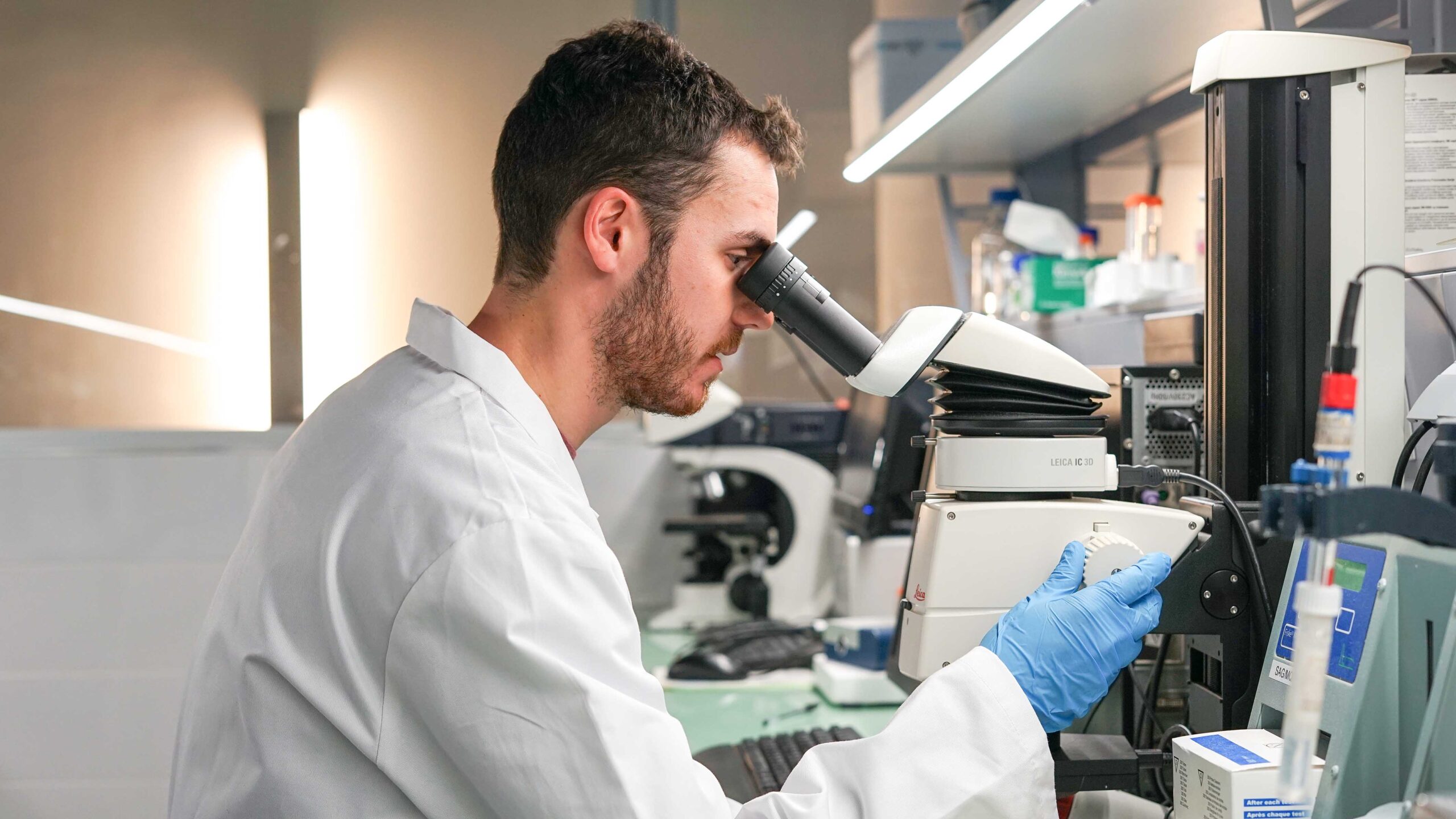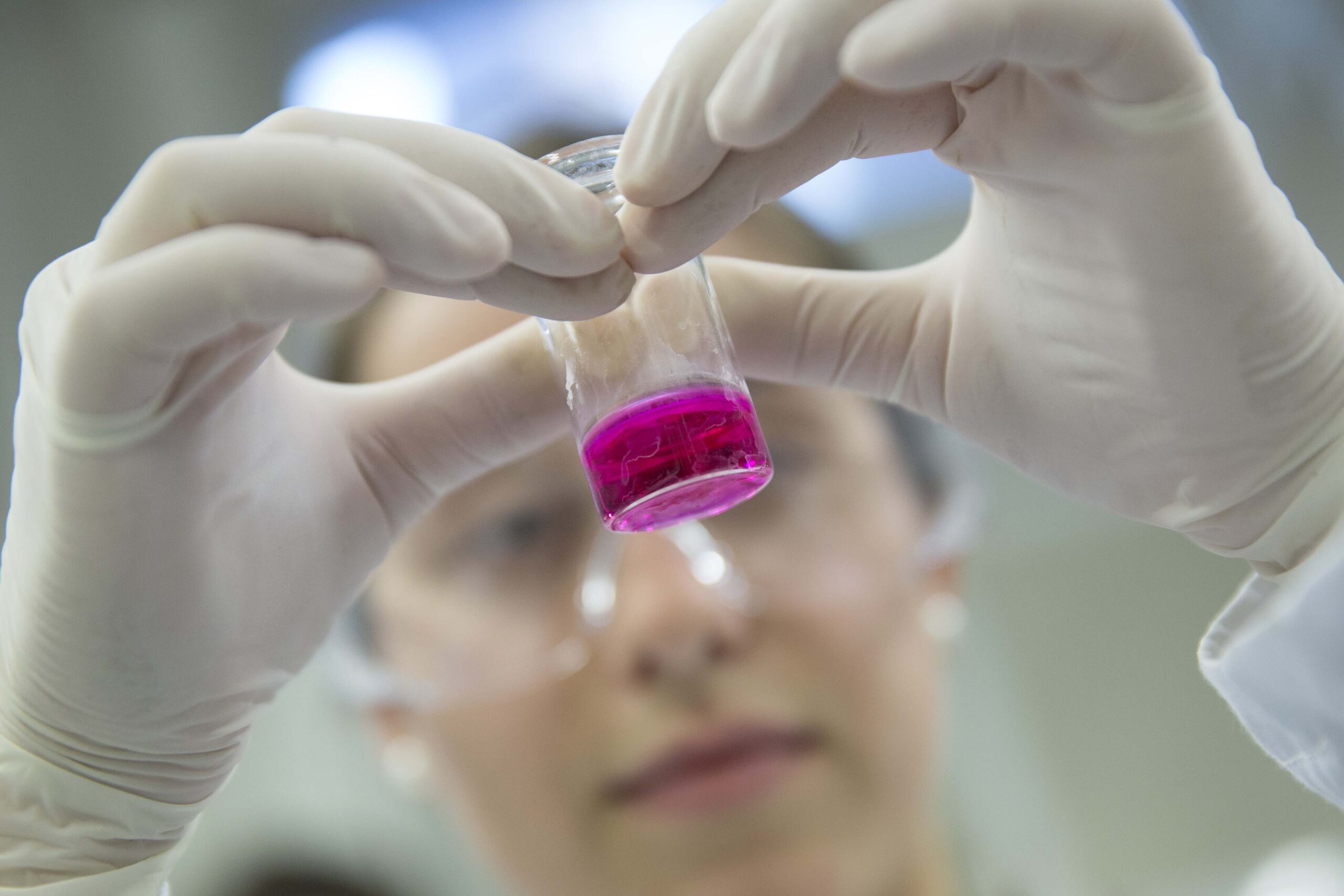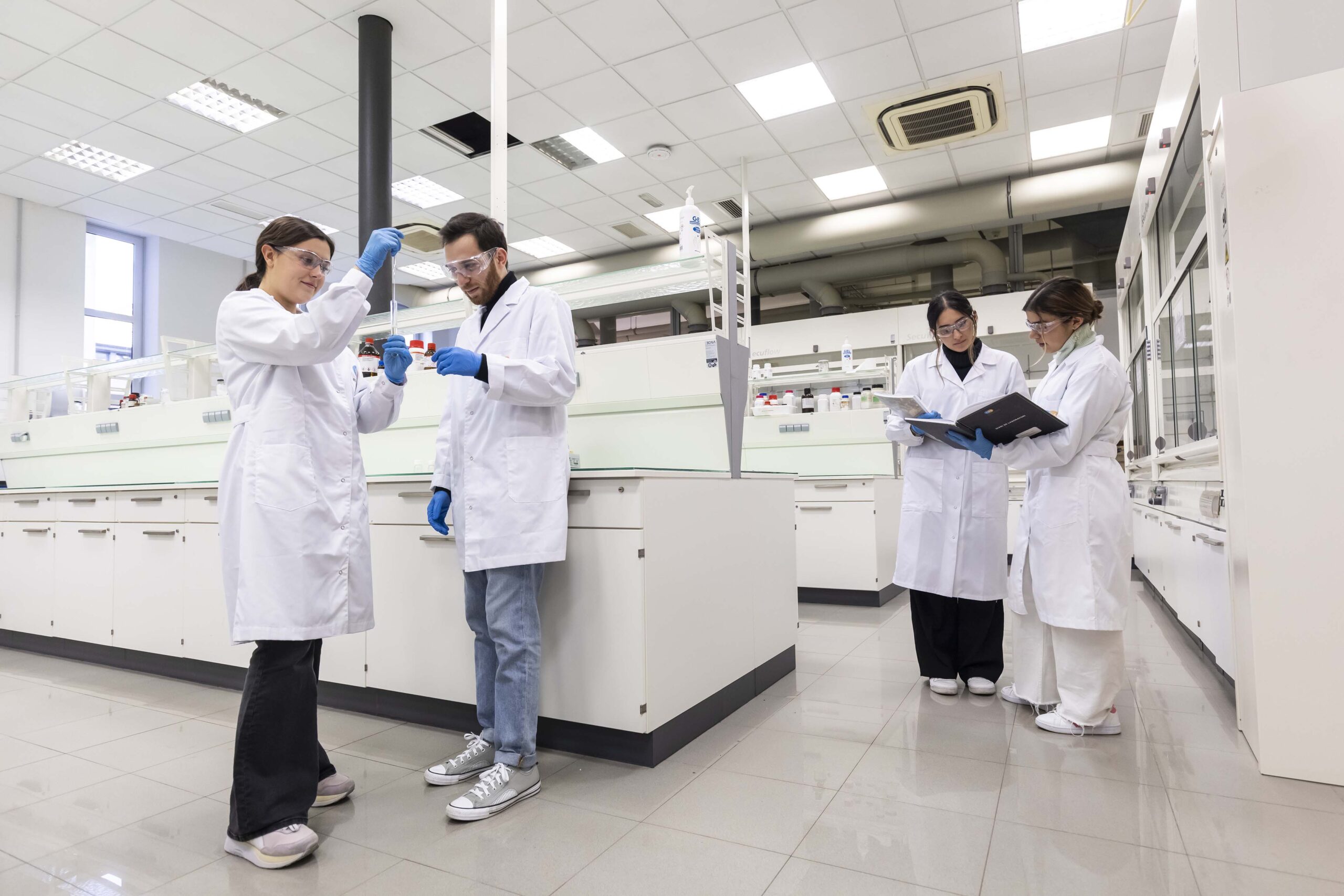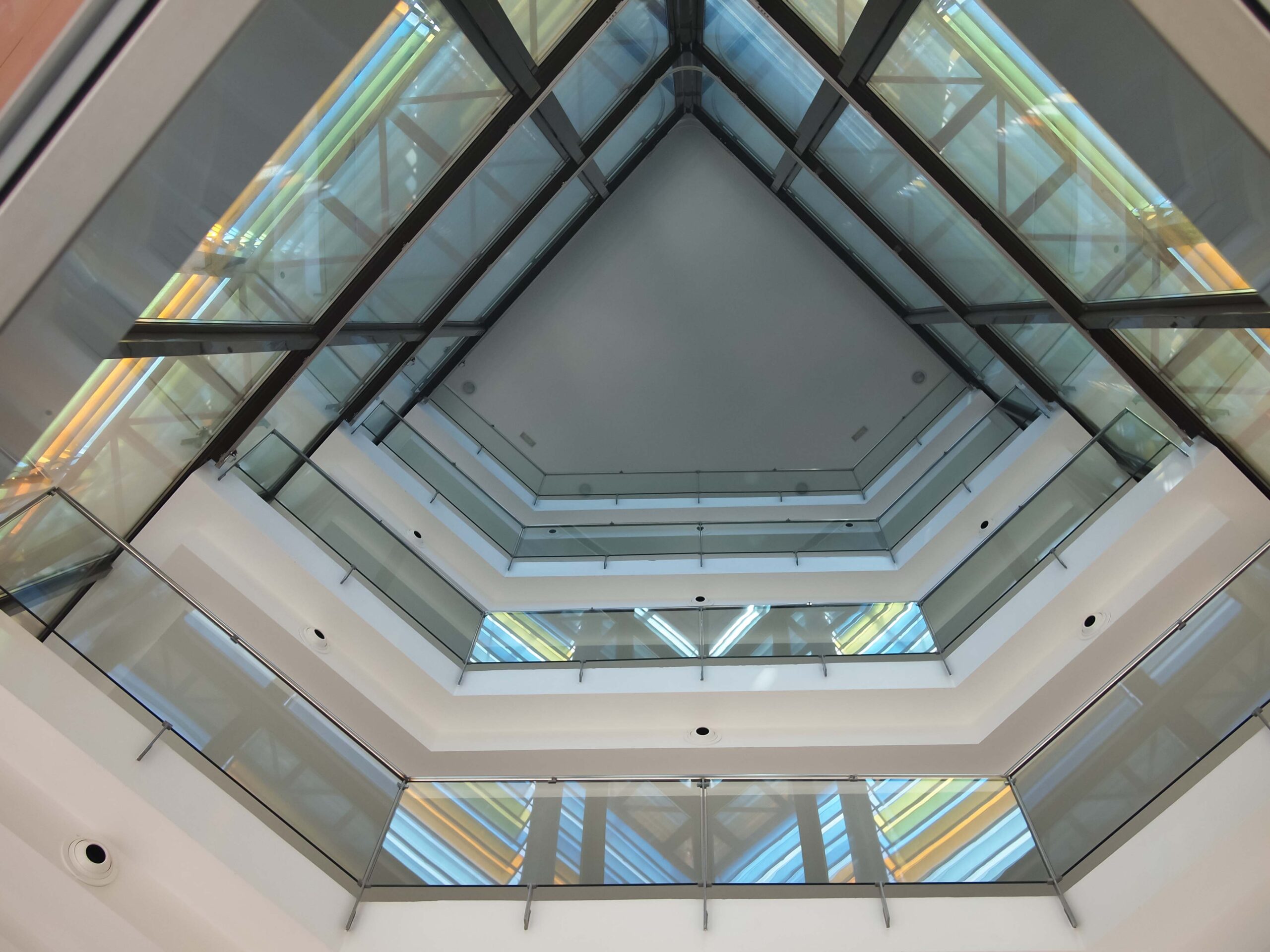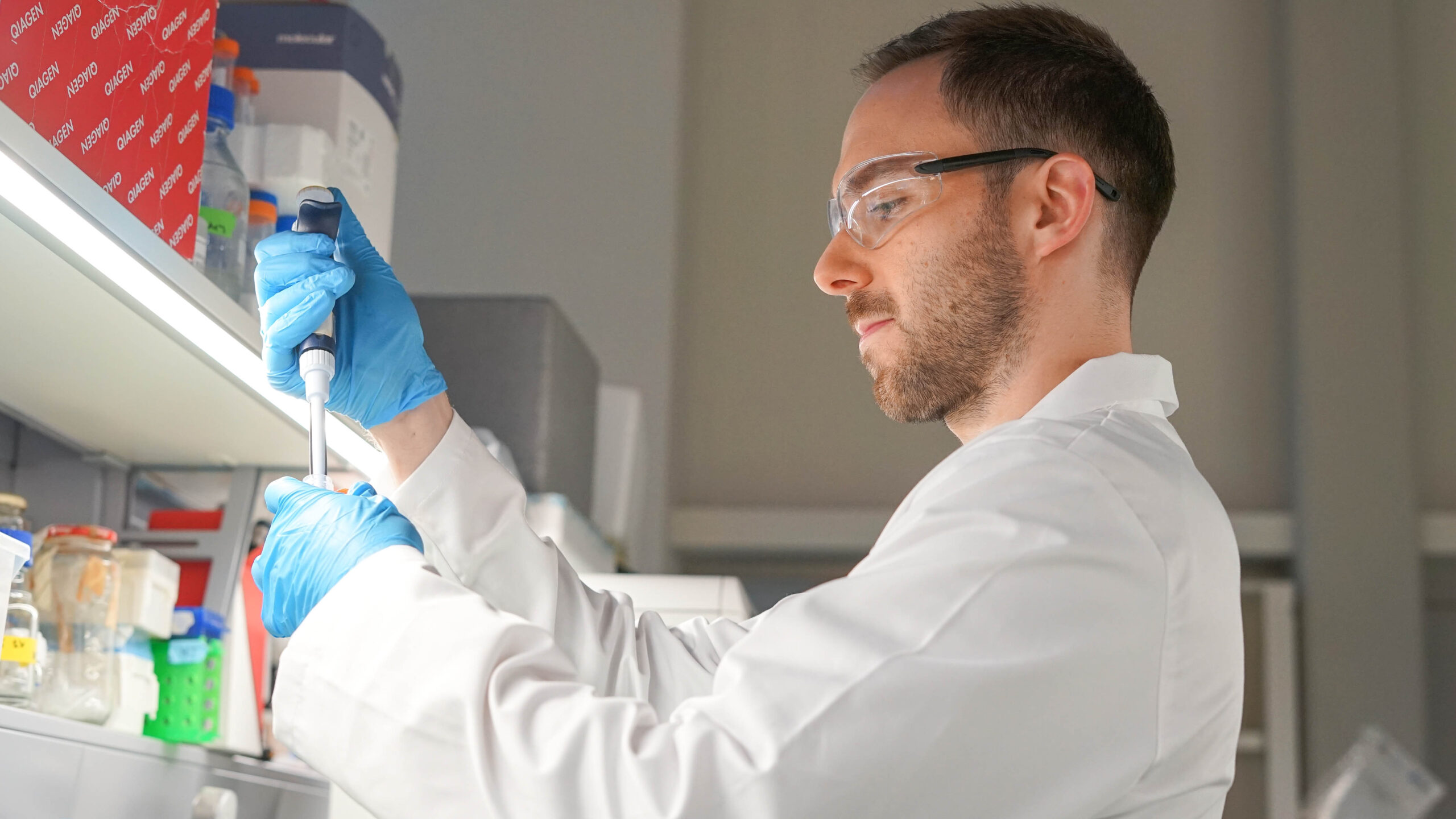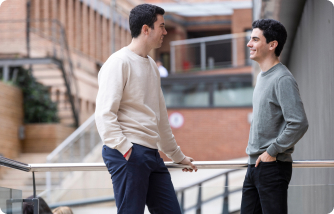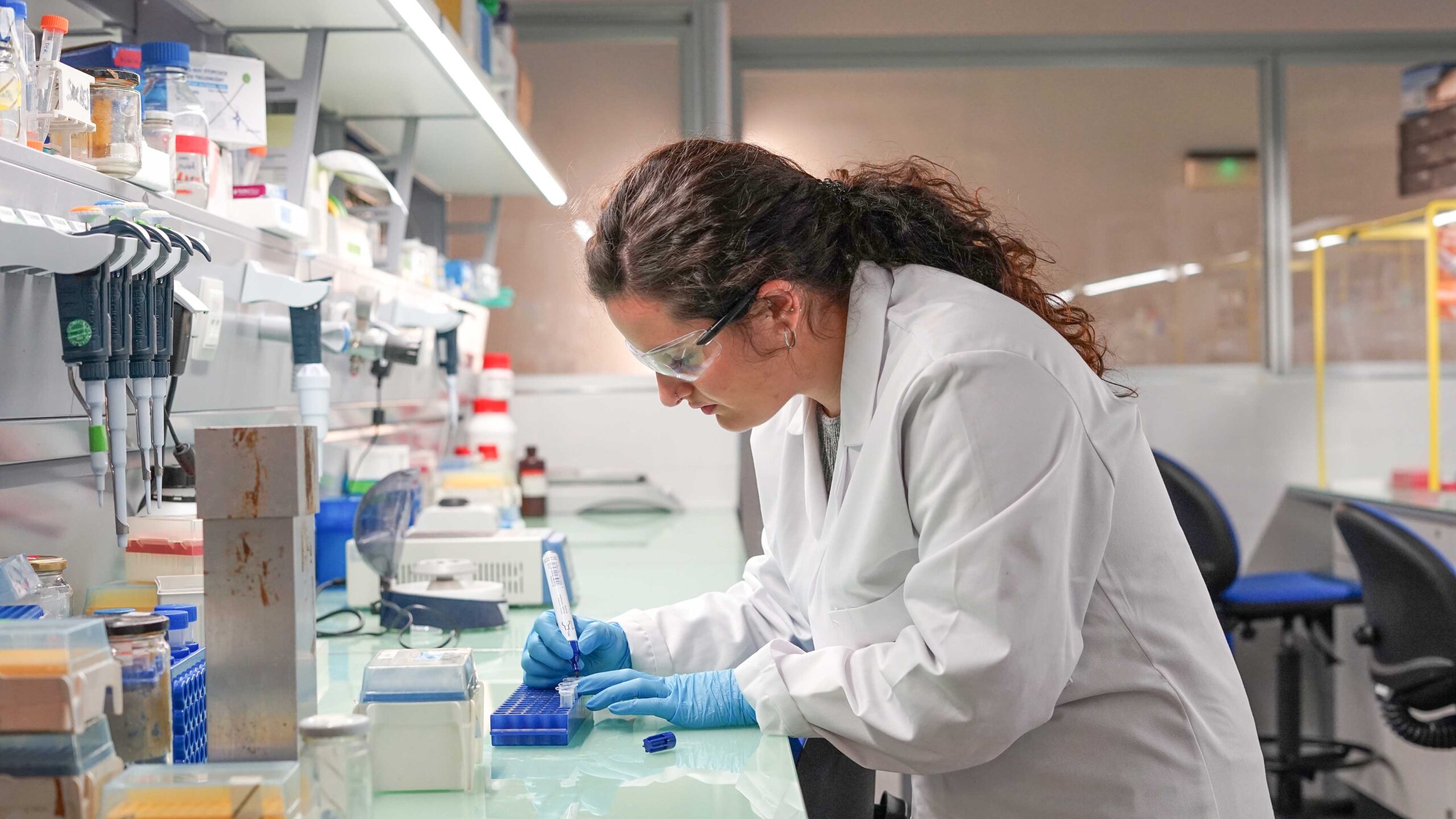In a world where interdisciplinary research is increasingly present in many sectors, computational models have emerged as very powerful tools that contribute to finding solutions to rather complex situations, such as in the field of healthcare in which technology is advancing very rapidly and more and more biomedical, bioinformatics, or biophysical researchers are coming on board and working together with healthcare professionals.
"Mathematical models are used to answer many questions, deepen research, and go beyond the qualitative approach"
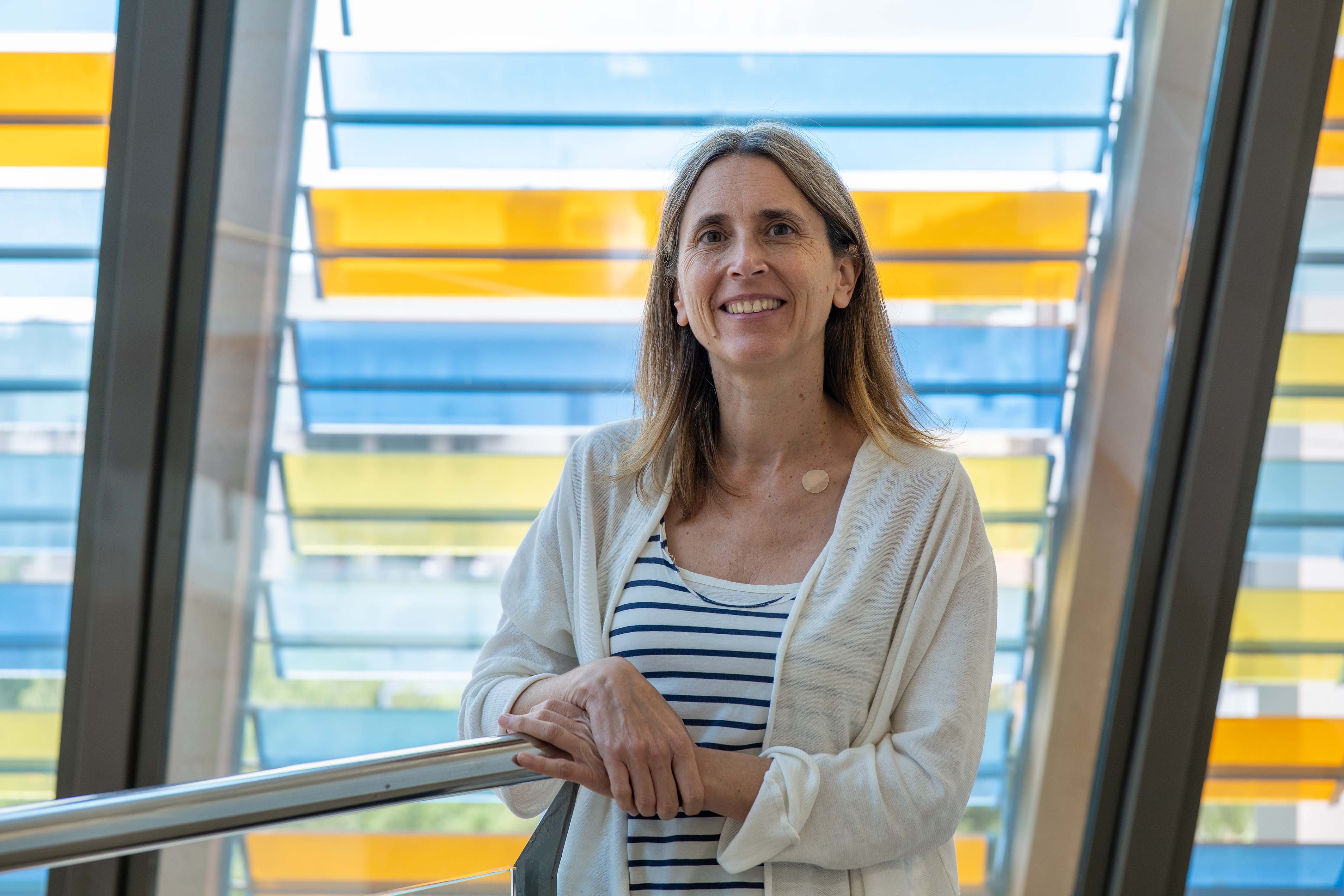
In 2025, IQS launched a conference cycle under the general title Life in equations, in which experts in the field of applied mathematics and computational design participated to give these cutting-edge research topics visibility. The end of this first cycle presented the conference on Epidemiological Models by Dr Clara Prats Soler, professor of Physics at the UPC – Polytechnic University of Catalonia, researcher, and coordinator of the Computational Biology and Complex Systems – BIOCOM-SC research group, as well as an academic at the Royal Academy of Medicine of Catalonia and president of the Interdisciplinary Group of Professionals Associated with Health – GIPS, promoted in 2022 at the initiative of the Association of Physicians of Catalonia.
In this interview, we speak with Dr Clara Prats about her experience in the applications of mathematical models and the importance they have within the current context of global and multidisciplinary research, especially in the field of healthcare.
Clara, when did your passion for mathematical models and their application to complex biological systems begin?
It was a bit by chance. I studied Physics, a discipline in which mathematical models are used to describe many physical models. When I finished my degree, I discovered that everything I had learned could also be applied to biological systems to help us understand the world around us much better. So I decided to do my doctoral thesis in this field.
These models help us in many areas of life, in very everyday situations, and help us in decision-making. A mathematical model only formalizes conceptual models in equations that can be used even in our daily lives, such as choosing which checkout line to pay at and queuing less at the supermarket. In this case, we could make a conceptual model in which we would choose the relevant variables (people in each queue, items in each trolley, etc.), assign a weight to each of them, and, based on this, make a decision on which queue to stand in. If we formalize and parameterize this model, it would allow us to estimate the waiting time in each checkout line with a certain probability, for example, and based on this result we could make the best-informed decision.
“Mathematical models can be a tool to make better-informed decisions, even in our daily lives”
How do mathematical models help and facilitate the work and research of experts?
If we take this to the field of research, the fact of being able to talk to experts from other disciplines (a more experimental biologist, or a specialist in the clinical field who can explain conceptually how a disease works) and being able to formalize and quantify all this in a mathematical (or computational) model helps us to achieve a much deeper level of understanding of biological systems, always starting from the knowledge base of the experts in the system studied, and allows us to make predictions on evolution or test different experimental processes and optimize them.
In short, the model is used to answer many questions and deepen research, go beyond the qualitative approach, and get more out of the same experimental or clinical study. In certain contexts, the use of mathematical models can help make decisions about what the optimal experimental procedure is, or, applying them in personalized medicine, what is the best treatment for a certain type of patient.
“Mathematical models can help find the best treatments for each patient”
If applied within the field of public health, models can help to make decisions to find the most effective measures to minimize the spread of a virus, such as seasonal influenza or what happened during the COVID 19 pandemic.
With the computational capacity and tools we have now, we can make models that were unthinkable just a few years ago. And we can have very advanced therapeutic and diagnostic tools. All this technology and the models that we have applied to people’s health represent a series of challenges that must be addressed alongside health experts
Is this the goal of the GIPS Interdisciplinary Group?
Yes, this is how the initiative arose to create this Interdisciplinary Group of Professionals Associated with Health – GIPS, promoted by the Board of the Association of Physicians of Catalonia. Faced with the massive arrival of all this technology, it is necessary to have professionals who understand how to develop and use all this experience and who can work together with healthcare professionals.
This is how professionals who don’t have a background in health end up working hand in hand, without having knowledge about codes of ethics or bioethics applied to clinical practice, but providing knowledge on topics related to robotics, mathematics, or physics, among others. Therefore, it is important to understand that they need to know about the other disciplines in order to work together.
“The GIPS group was founded through the need to establish a coordinated system of multidisciplinary work”
Interdisciplinary work is what it should be, but we must address the challenges arising from this, which is why this GIPS group was founded. The association is formed by professionals, not institutions, from all fields, people who, in one way or another, work on issues related to people’s health and the healthcare system, and we want to do so in an interdisciplinary way. Biomedical engineers, physicists, biologists, biotechnologists, doctors, nurses, and more converge together in spaces for discussion and networking, where universities, companies, professional associations, associations, and leading research centres within the Catalan ecosystem participate.
And what is Catalonia’s position in these areas? Are we at the forefront of cutting-edge research?
Well, the data indicate this. In the latest Biocat report, which quantifies the situation of the life sciences and healthcare ecosystem in Catalonia, we can see that our region ranks in the top five of many health-related rankings: publications, research, clinical trials, biotech industry, and so on. All this has grown a lot in recent years and the data published speak for themselves. Catalonia is among the 75 most innovative regions in Europe, maintaining the category of strong innovator.
And we are not only talking about biotechnology or biomedicine centres, but we can also find other excellent and reference research centres such as the BSC – Barcelona Supercomputing Center or the ICF – Institute of Photonic Sciences, leading members in the use of computational models and light technologies and much of their activity is related to health sciences.
Concerning politicians, what do you think the interaction with these agents responsible for shaping public policies should be? How can we make the most of the research done at universities?
It’s a great challenge, and a twofold one: to bring politicians closer to science and science closer to society. Just as we have talked about interdisciplinarity, we should talk about cross-sector action. That is, scientists must make an effort to leave our comfort zone and go in both directions: towards the political class and towards society.
Ideally, we should build a sort of “triangle” (science, politics, society) and establish a relationship of knowledge, trust, and mutual recognition, which is the hardest part to achieve.
“We should build a sort of” triangle “(science, politics, society) and establish a relationship of knowledge, trust, and mutual recognition”
If the population (society) does not value the work of scientists, it will be difficult to ask the political class to do so. We have to work in all lines and directions, generating groups of useful and well-established advisors that are coordinated, have confidence, and always know where each one is. I think a good example is what happened during the COVID-19 pandemic here in Catalonia: our BIOCOM-SC group advised and helped with data analysis, but we never took action in decision-making.
Scientists must work honestly, and politicians must recognize what can be done, work together with scientists, know how to interpret the data from the mutual advice offered, and work honestly and with confidence above all.
Speaking of the third element of the triangle, society, there is currently a considerable part of the population that scorns the work of scientists.
Actually, the network is very complex and with issues that cannot be fixed with money or investments. And the paradox is very great: when we have more tools and resources to be connected than ever, we find ourselves in a very complicated moment with a very polarized society and often extreme thinking. There are environments that you can never enter with a scientific argument, where feelings and emotions play too important a role, and that lead people distrusting topics that they should not distrust.
As a scientist, I try to address the “small” problem and see how far I can go and do my bit. Within academia, it is important to approach schools and sow the seed of the critical spirit and the culture of science in young people who are being educated insofar as possible. We have a lot of work to do in the field of education.
“It is important to approach schools and sow the seed of the critical spirit and the culture of science”
All this brings us to the debate on the use of Artificial Intelligence, which gives us a lot and in many areas. But don’t you think society as a whole is overusing it?
This issue is very complex, and poses a huge challenge for us. About ten years ago, the use of AI was very restricted in research or academic fields and used by people who knew the limits and knew what could or could not be done with it. Now, we have a massive socialization of AI throughout society, which we could compare to something like driving a car without having a license and not knowing how to drive, or not having a traffic code with clear, adequate, and well-established rules. It’s very dangerous and we don’t really know what to do with the vehicle!
AI tools are very powerful and you can do very interesting and useful things and tackle very important challenges as a society. But you have to have knowledge to use them. There is a huge amount of work to be done both for children and adults. For example, ChatGPT itself is very useful, but not everything it says is true. We can’t believe everything it does without filtering and verification tools. AI always responds, which is what it’s trained to do, but it doesn’t always get things right.
We all have to learn a lot and the question is how to do it. Starting with primary and secondary school teachers, their role in teaching how to make good use of and know the limitations to AI is very important. But we also have to educate the adult world, and that is very difficult because we do not have spaces to do so, like the spaces provided to children by the educational world.
Finally, do you have any tips for future and prospective professionals?
I would say if you’re lucky enough to find out what you like, and you can dedicate yourself to it, that’s wonderful! And it’s also wonderful to discover what you do not like, and not dedicate yourself to it!
And if you find an intermediate situation, which is the most normal thing, you should stick to what you enjoy and dedicate yourself to it with passion. Finding the reason to put passion into what you do is the most important thing.
